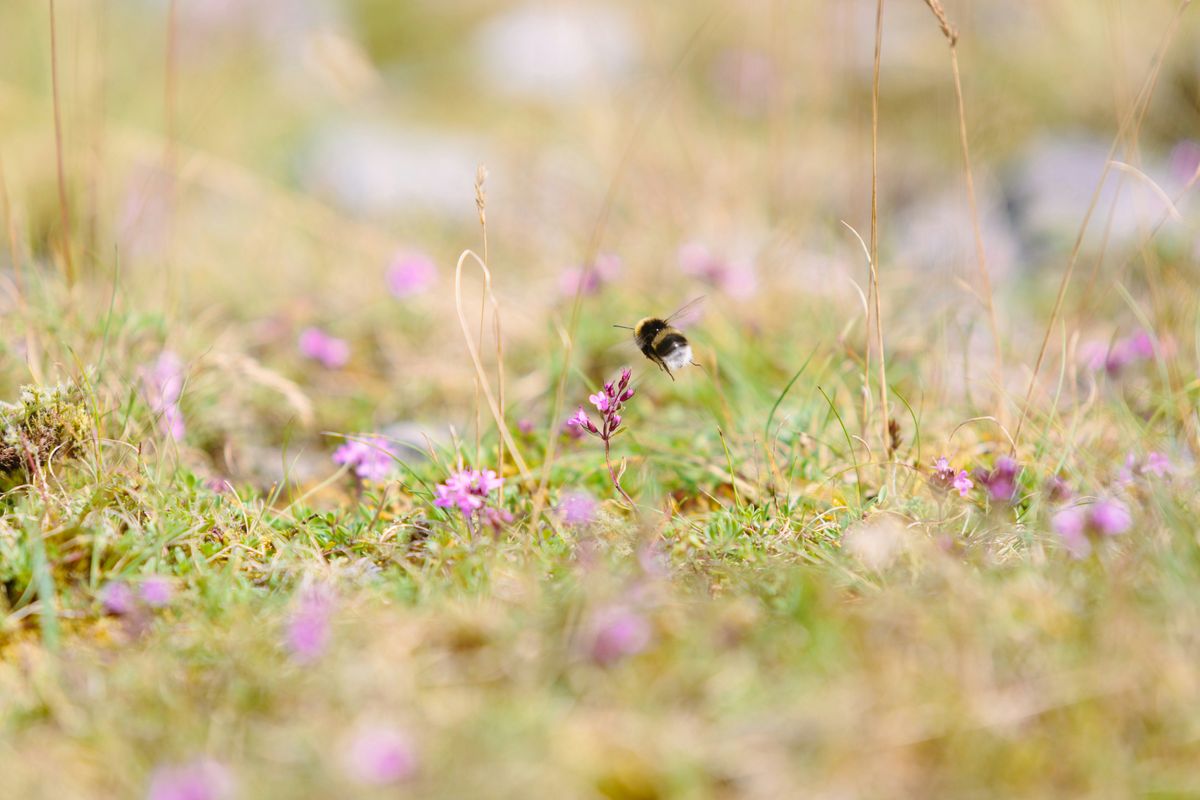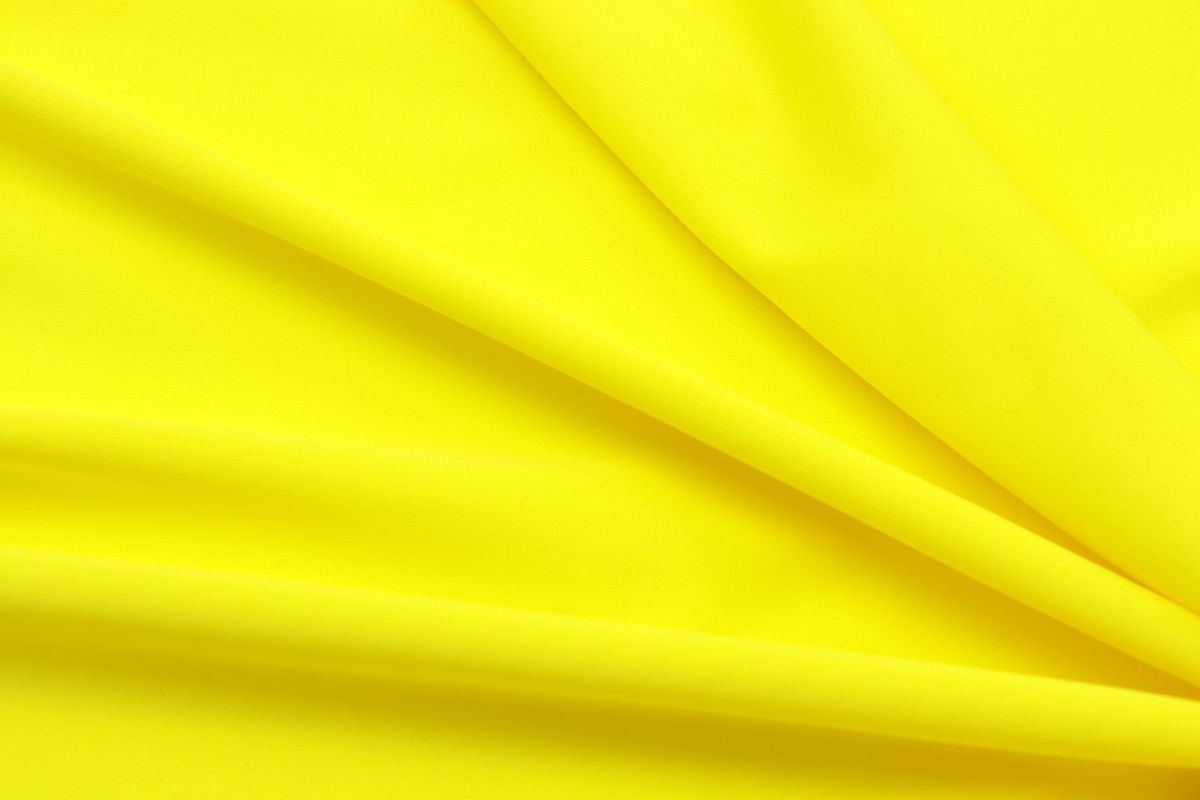As winter approaches, it is crucial for beekeepers to properly insulate their honey bee hives to ensure the survival of the colony. This article provides valuable insights into choosing the right insulation material, preparing the hive for winter, and monitoring hive health to help beekeepers navigate the challenges of winter months.
Key Takeaways
- Choose insulation materials based on factors like durability and effectiveness.
- Check for leaks in the hive to prevent heat loss.
- Maintain optimal temperature and ventilation to keep bees healthy.
- Monitor hive health regularly for signs of stress and pests.
- Protect against mold and moisture buildup to ensure hive longevity.
Choosing the Right Insulation Material

Factors to Consider
When selecting the right insulation material for honey bee hives, several key factors must be considered to ensure the bees’ well-being during the cold winter months. Thermal performance is crucial; the material should have a high R-value to maintain a stable internal temperature. Additionally, the insulation must be breathable to prevent condensation, as excess moisture can harm hive health.
Durability is another important consideration. The material should withstand the elements and resist degradation over time. It should also be easy to install and remove, as hive maintenance is ongoing. Below is a list of factors to consider:
- Thermal performance (R-value)
- Breathability and moisture control
- Durability and resistance to weather
- Ease of installation and removal
- Compatibility with hive design
It’s essential to balance these factors with the specific needs of your bee colony and local climate conditions. The right insulation helps bees conserve energy, which is vital for their survival during winter.
Pros and Cons of Common Materials
When insulating honey bee hives for the winter, beekeepers have a variety of materials at their disposal, each with its own advantages and drawbacks. Styrofoam, for instance, is lightweight and has excellent insulation properties, but it may not be the most durable or environmentally friendly option.
Reflective foils can effectively deflect heat but often require proper installation and an air gap to function optimally. Natural fibers like wool or hemp are sustainable and provide good insulation, but they can absorb moisture and may need to be replaced more frequently.
Here’s a quick overview of the materials:
- Styrofoam: Lightweight, excellent insulation, less durable
- Reflective Foils: Reflects heat, requires air gap, tricky installation
- Natural Fibers: Sustainable, good insulation, moisture issues
It’s crucial to weigh the long-term benefits against the immediate costs and labor. The right choice will depend on the specific needs of the beekeeper and the local climate conditions.
Environmental Impact
When insulating honey bee hives for winter, the environmental impact of insulation materials is a crucial consideration. Sustainable beekeeping practices not only benefit the bees but also contribute to the overall health of our ecosystem. Choosing eco-friendly materials can significantly reduce the carbon footprint of beekeeping operations.
- Natural fibers like wool or hemp are renewable and have less environmental impact.
- Recycled materials, such as polystyrene or bubble wrap, repurpose waste but may not be biodegradable.
- Synthetic insulators offer excellent thermal properties but can be detrimental if not disposed of properly.
It’s essential to balance the need for effective insulation with the responsibility to minimize ecological disruption. Thoughtful selection of materials can lead to a harmonious relationship between beekeeping and nature.
Preparing the Hive for Winter

Checking for Leaks
Before the onset of winter, it is crucial to ensure that your honey bee hives are well-sealed and free from leaks. Inspect the hive thoroughly for any cracks or openings that could allow cold air to penetrate, as these can significantly reduce the effectiveness of your insulation efforts. Use a light source inside the hive at night to help identify any potential leaks.
Once you have identified any areas of concern, it’s time to address them:
- Seal cracks with a non-toxic sealant appropriate for bees.
- Replace or repair damaged hive components.
- Ensure the hive cover fits snugly.
Remember, while sealing leaks is important, maintaining proper ventilation is also essential to prevent moisture buildup inside the hive, which can lead to mold and other issues.
After sealing the leaks, conduct a final check to confirm that the hive is airtight and ready to add insulation materials. This proactive step is key to preparing your bees for a cozy and safe winter season.
Adding Extra Ventilation
While insulating the hive is crucial, adding extra ventilation is equally important to prevent moisture buildup, which can be deadly for bees in winter. Proper airflow helps to regulate the temperature and remove excess humidity from the hive.
Ventilation can be improved by ensuring the hive’s upper part has small openings, allowing air exchange without letting in cold drafts. It’s essential to balance insulation and ventilation to maintain a stable bee environment.
- Ensure the entrance is clear of debris.
- Create upper vent holes if none exist.
- Use a moisture board or quilt box to absorb condensation.
By carefully managing ventilation, beekeepers can help prevent the conditions that lead to mold growth and maintain the health of the hive throughout the cold season.
Protecting Against Pests
As winter approaches, pests can significantly threaten honey bee hives. Ensuring the hive is well-protected from pests is crucial for the colony’s survival. Mice, in particular, seek the warmth of hives and can cause extensive damage.
- Inspect the hive regularly for any signs of pests.
- Install mouse guards at the entrance of the hive to prevent rodents from entering.
- Keep the area around the hive clean and free of debris that might attract pests.
It is essential to balance the need for pest protection with adequate ventilation to prevent moisture buildup inside the hive.
Additionally, consider using natural deterrents such as herbs and essential oils that can repel pests without harming the bees. Regular maintenance and vigilance are the best defenses against pest infestations during the cold months.
Monitoring Hive Health

Signs of Stress in Bees
Maintaining an optimal temperature within the hive is crucial for the survival of honey bees during winter. Bees regulate the hive temperature by clustering and generating heat, but this process can be hindered if the hive is not properly insulated. A consistent internal temperature of around 95 degrees Fahrenheit (35 degrees Celsius) is ideal for the cluster’s core, where the queen resides.
To ensure the bees can maintain this temperature with minimal energy expenditure, beekeepers should monitor the hive’s internal temperature regularly using a digital thermometer or a remote temperature sensor.
Beekeepers can also observe the bees’ behavior for signs of temperature stress. If bees are seen clustering near the entrance or on the outer walls, it may indicate that the internal temperature is too low. Conversely, if bees fan at the entrance, it may suggest the hive is overheating. Here is a simple list of behaviors to watch for:
- Clustering near the entrance
- Fanning at the entrance
- Reduced activity levels
- Bees forming a tight cluster, potentially with increased vibration
By being vigilant and responsive to these signs, beekeepers can take timely actions to adjust insulation or ventilation, ensuring the health and productivity of the hive throughout the cold season.
Maintaining Optimal Temperature
Maintaining an optimal temperature within the honey bee hive is crucial for the colony’s survival during the cold winter months. Bees regulate the hive temperature by clustering and generating heat, but the right insulation can significantly reduce the energy needed.
To ensure the temperature remains steady, beekeepers should:
- Regularly check the hive’s internal temperature with a thermometer.
- Seal any cracks or gaps that may allow heat to escape.
- Consider using insulation wraps or foam that can be easily adjusted or removed on warmer days.
It’s important to remember that while insulation helps retain heat, it must also allow for moisture control to prevent condensation, which can be harmful to the bees.
Using thermal blankets or similar materials can provide additional protection, especially during extreme temperature drops. However, beekeepers must be cautious not to over-insulate, which can lead to overheating and increased humidity inside the hive.
Dealing with Mold and Moisture
Mold and moisture can be detrimental to the health of a honey bee hive, especially during the cold winter months. Maintaining a dry interior is crucial to prevent the growth of mold, which can lead to bee diseases and weaken the colony.
To effectively manage moisture levels within the hive, consider the following steps:
- Ensure proper ventilation to allow moist air to escape.
- Use absorbent materials like wood shavings or moisture boards above the brood chambers.
- Regularly check and replace these materials to keep the interior dry.
It’s important to strike a balance between insulation and ventilation. Too much insulation can trap moisture, while too little can lead to excessive cold.
Monitoring the hive regularly for signs of mold and addressing any issues promptly can help keep the bees healthy. If mold is detected, cleaning the affected areas and increasing ventilation can mitigate the problem. Remember, a dry hive is a happy hive.
Conclusion
In conclusion, insulating honey bee hives in winter is crucial for the colony’s survival. By following the best practices outlined in this article, beekeepers can help their bees withstand the cold temperatures and harsh conditions of the winter months. Proper insulation protects the bees from the chill and ensures their health and well-being. Remember, a well-insulated hive is a happy hive!
Frequently Asked Questions
How do I know which insulation material is best for my honey bee hive?
Consider factors such as insulation efficiency, cost, and availability to choose the right material for your hive.
What are the common materials used for insulating honey bee hives in winter?
Common materials include foam insulation, straw, and wood shavings. Each material has its pros and cons.
What is the environmental impact of using insulation in honey bee hives?
Insulation materials can have varying environmental impacts. It’s important to consider sustainability and eco-friendly options.
How can I check for leaks in my hive before winter?
Inspect the hive for cracks, gaps, or holes where cold air may enter. Seal any openings to prevent heat loss.
Why is it important to maintain optimal temperature in the hive during winter?
Bees need a consistent temperature to survive winter. Fluctuations in temperature can stress the colony and affect its health.
How can I prevent mold and moisture buildup in my hive during winter?
Ensure proper ventilation and insulation to control humidity levels inside the hive. Monitor for signs of mold and address any issues promptly.

Hello! My name is Noel Calvin. I graduated from UCLA and now work as a writer at Launch Ninjas. I write blog posts that inspire and guide our readers in their entrepreneurial pursuits. I live in Pleasantville, NJ, with a peaceful yet lively atmosphere that inspires me.
Writing stories is more than just a job for me. It allows me to share my observations and satisfy my curiosity about the world. I combine my analytical skills with creative enthusiasm to delve into technology trends and startup stories. But my life isn’t limited to screens and keyboards. I value loyalty, passion, and a touch of old-fashioned charm, which I infuse into every narrative I create.
I love spending time in my garage, jamming with my band when I’m not writing. Playing the guitar and singing bring me immense joy. I also enjoy capturing ordinary and extraordinary moments through my camera lens and exploring new culinary adventures that excite my taste buds. I’m always seeking new experiences.
My family is very important to me. Joyful Sunday brunches filled with laughter and intense board game nights keep me grounded, reminding me of life’s simple pleasures.
In my world, every moment is an opportunity for discovery. Every discovery is a story worth sharing, whether a heartfelt moment at home or the pulse of technological innovations. Join me as I navigate through life, one blog post, one guitar strum, and one heartwarming family dinner at a time.

